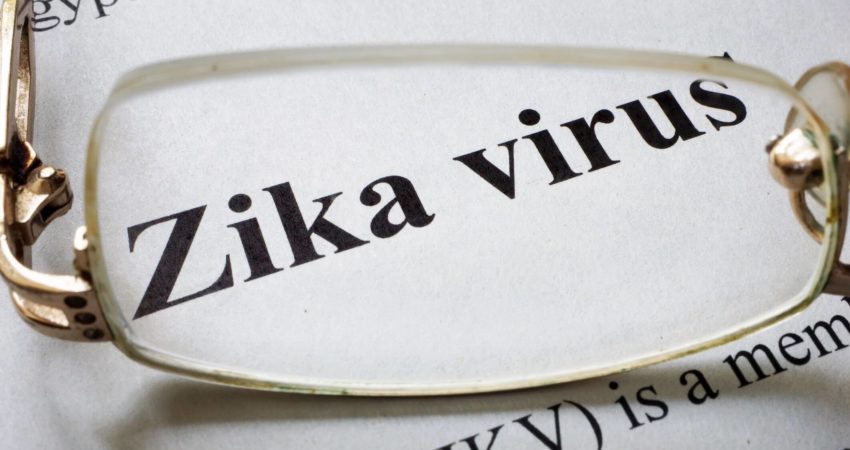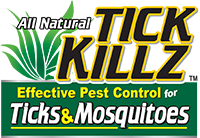Archives
Select Archives- March 2021
- July 2019
- June 2019
- May 2019
- March 2019
- February 2019
- January 2019
- November 2018
- October 2018
- September 2018
- July 2018
- June 2018
- May 2018
- April 2018
- March 2018
- February 2018
- January 2018
- December 2017
- November 2017
- October 2017
- September 2017
- August 2017
- July 2017
- June 2017
- April 2017
- March 2017
- February 2017
- January 2017
- December 2016
- November 2016
- October 2016
- September 2016

The Centers for Disease Control and Prevention (CDC) released a new Zika response plan late in October of 2016 that replaced previous plans released in July and August of the same year. In the plan the CDC notes that it will support state and local entities in preparing for the coming mosquito season. The CDC lists three stages of response and the transmission response category associated with each stage.
Pre-Incident Stage (Phase 0/1)
The pre-incident stage, also referred to as Phase 0/1 includes preparedness and mosquito season. During the preparedness phase local and state authorities should prepare for the presence of the vector in their state. Mosquito season is when the Aedes aegypti or Aedes albopictus are biting. This is when cases most likely will be introduced via sexual activity, travel, or from other bodily fluid transmission.
Suspected/Confirmed Incident (Phase 2)
The second phase of the CDC response plan is known as the suspected/confirmed incident phase. The risk category in this phase is confirmed local transmission. A local entity or state reaches this phase when a single, locally acquired case or group of cases becomes clustered in a single home. These occurrences must happen less than two weeks apart from each other.
Incident/Response (Phase 3)
The third phase of the CDC response plan for the Zika virus is the incident/response phase. The risk category associated with this phase is confirmed multiperson local transmission. This happens when illnesses develop in people related to the Zika virus less than or equal to two weeks from each other and within approximately one mile of each other.
With all three phases, state and local authorities will be notified. The goal of the response plan is to identify potential Zika issues before they occur.
Contact Tick Killz today to learn more about the Zika virus and how the CDC is responding to incidents as they become aware.
